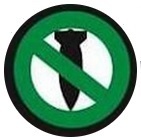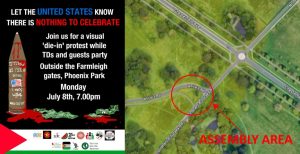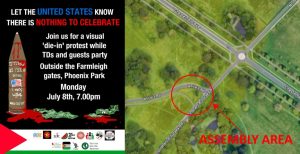What is commonly referred to as the "Taliban" is in fact several groups which share similar goals but are also distinct from each other, and act in a loose coalition although they sometimes are in conflict with one another. Juan Cole distinguishes 5 types of "Taliban" (and other analysts identify 4 types):
1) The "old" Taliban: those are the original Taliban who took power in Afghanistan in 1996. Their leader is Mullah Omar, who is reportedly now hiding in Quetta, Pakistan. They support fighters in Afghanistan.
2) The group associated with Gulbuddin Hekmatyar, called Hezb-i-Islami Gulbuddin (HiG). This was one of the original mujaheddin factions that fought the Soviets. HiG has often allied with Taliban forces and al-Qaida.
What is commonly referred to as the "Taliban" is in fact several groups which share similar goals but are also distinct from each other, and act in a loose coalition although they sometimes are in conflict with one another. Juan Cole distinguishes 5 types of "Taliban" (and other analysts identify 4 types):
1) The "old" Taliban: those are the original Taliban who took power in Afghanistan in 1996. Their leader is Mullah Omar, who is reportedly now hiding in Quetta, Pakistan. They support fighters in Afghanistan.
2) The group associated with Gulbuddin Hekmatyar, called Hezb-i-Islami Gulbuddin (HiG). This was one of the original mujaheddin factions that fought the Soviets. HiG has often allied with Taliban forces and al-Qaida.
3) Haqqani Network: composed of the followers of warlord Jalaluddin Haqqani. What analysts call the "neo-Taliban". Well funded with drug money, Jalaluddin Haqqani and his son, Siraj, are challenging Mullah Omar for leadership of the Taliban movement. Many recent U.S. strikes into Pakistan have targeted the Haqqani network.
4) Pakistani Taliban (TTP). They are the ones who mostly are fighting the Pakistani military at the moment. A recently formed group (in December 2007), the Tehrek-e-Taliban Pakistan was formed by younger Pashtun men in frontier areas as they organized to fight the Pakistani army. Now they challenge tribal elders in Waziristan and other areas for control. Their leader is Baitullah Mehsud. They operate in Pakistan’s tribal agencies. Information on their growth, development and activities can be found in this short report.
5) Disgruntled Pushtun villagers who object to foreign troops on their soil or whose poppy crops were forcibly eradicated, leaving them destitute.
Here is a NYT article giving an example of an alliance between the "old Taliban" and the "Pakistani Taliban".






